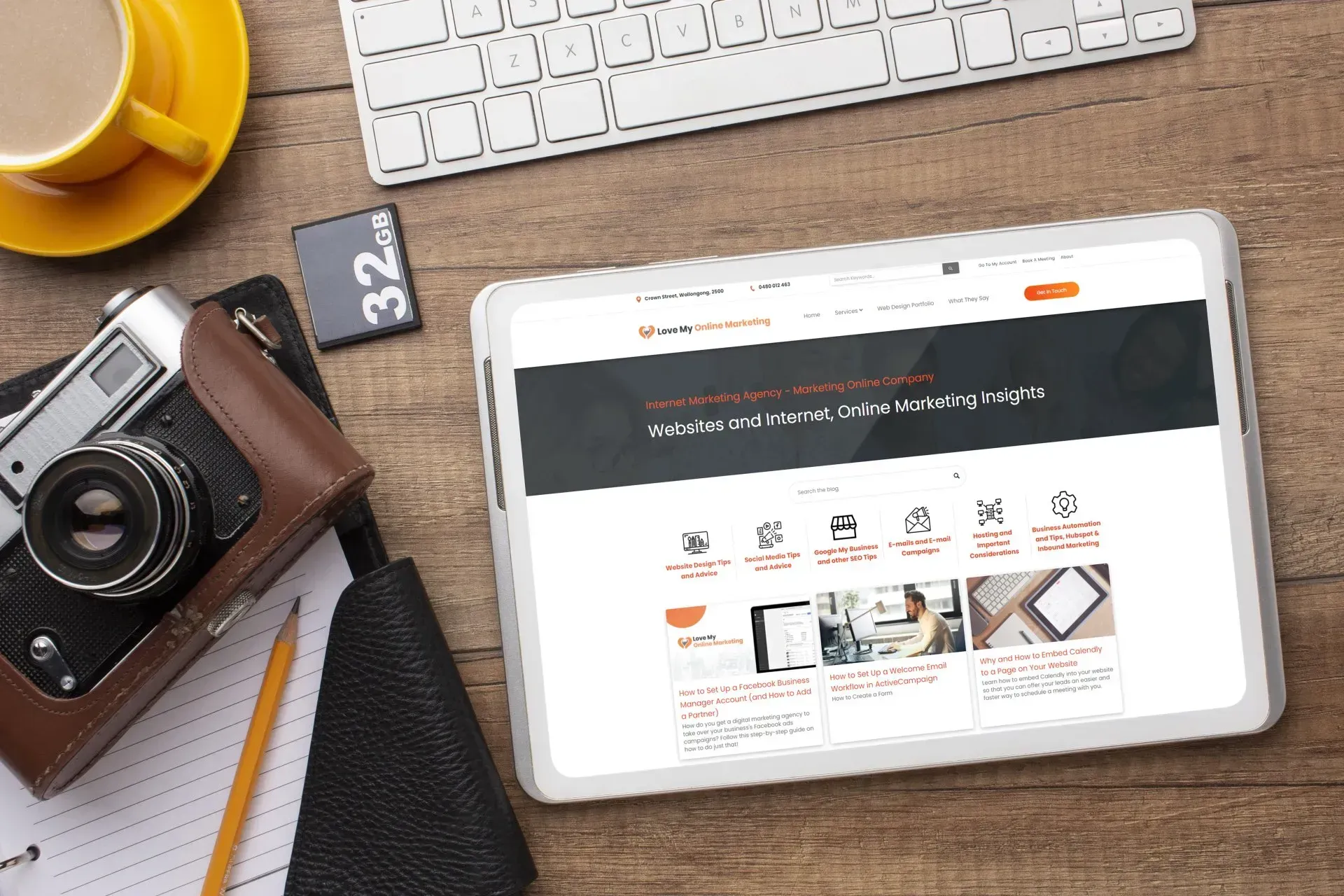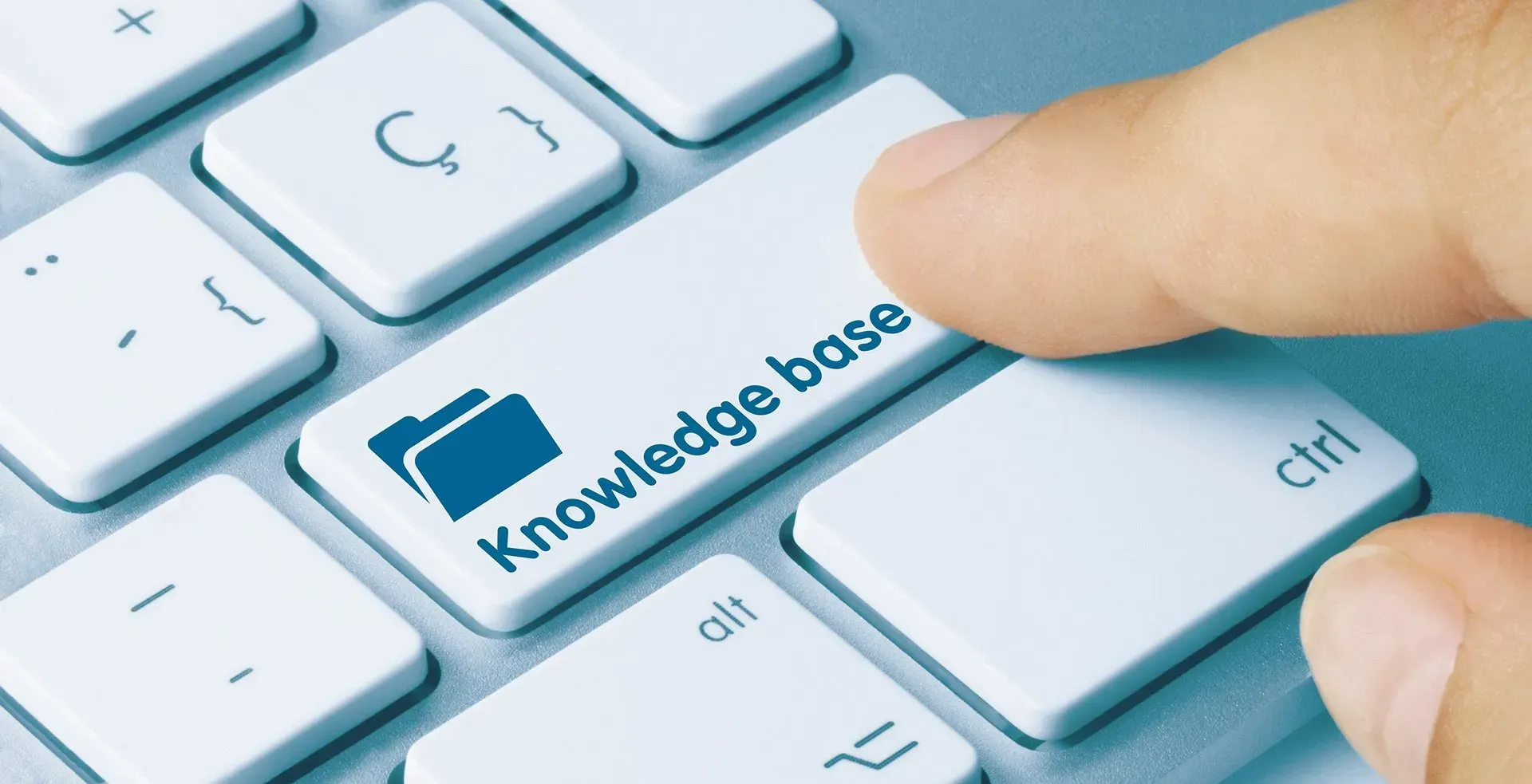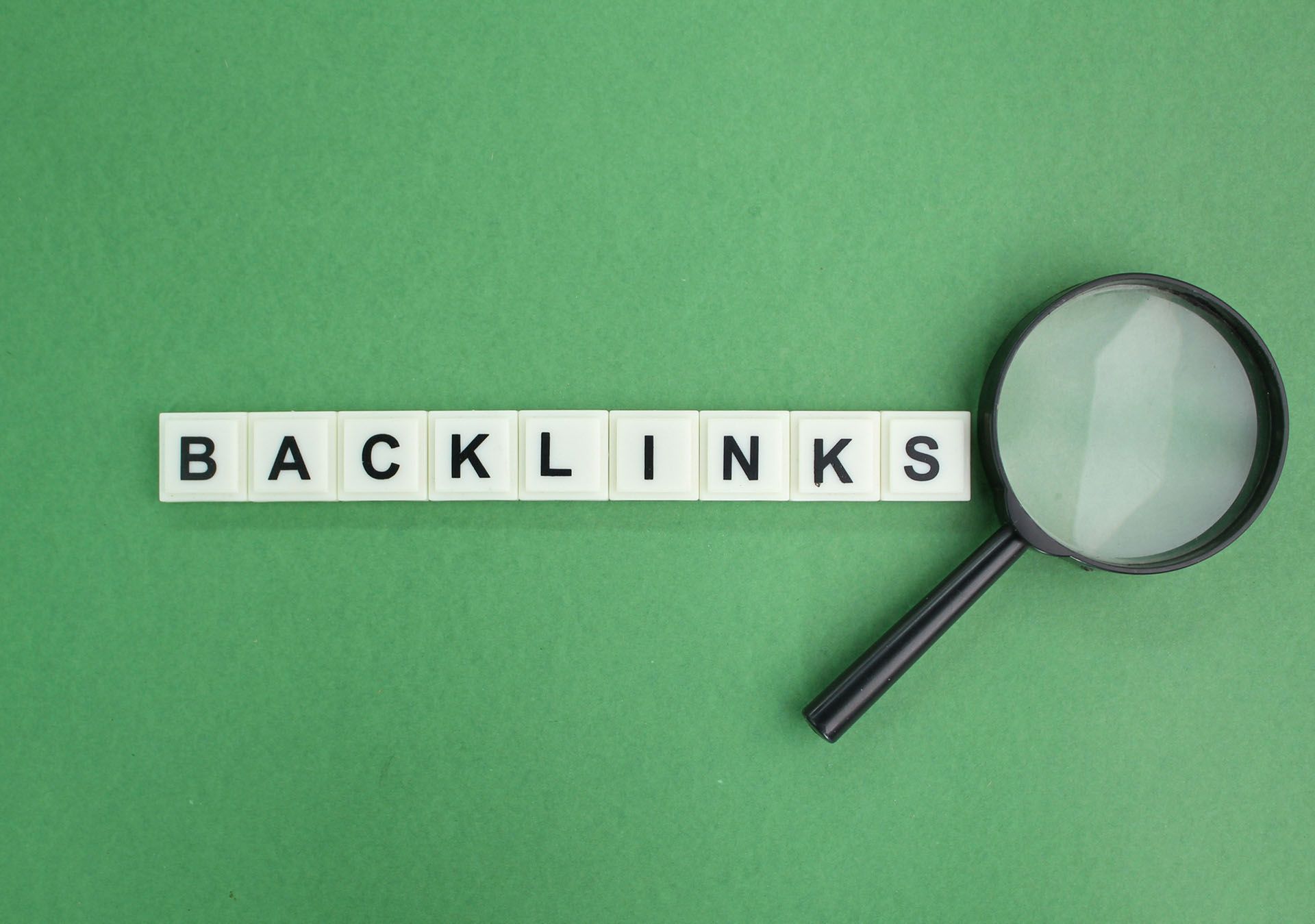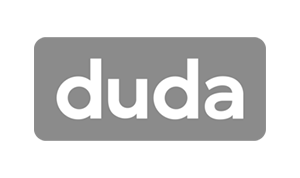Crown Street, Wollongong, 2500
Accessibility is a Growing Concern: Here Are 5 Important Website Accessibility Practices for 2025
In the constantly changing world of the web, one very important element of website development is catching on in a big way: accessibility. It is no longer a specialist issue; it is a core requirement. The reasons for this rise to prominence are complex, reflecting increased awareness and a change in societal outlook.
First and foremost, it is about being inclusive. The online world is now a part of our everyday lives, be it to get information and services or connect with people. Leaving out users with disabilities is not only unjust; it is also a denial of their basic rights. Hence, web accessibility should be a priority, not an afterthought, creating experiences that work for all, irrespective of their abilities.
Additionally, the ageing population of the world is the reason behind this increasing issue. As we get older, our chances of being disabled in one way or another increase, i.e., either visually, through hearing, or mentally. So, websites are required to comply with these altered needs. Apart from that, the increase in legal standards and regulations for web accessibility is also forcing companies to take it into consideration. It can lead to fines and damage their reputation.
Accessible websites are not only a moral or legal obligation; they also make good business sense. By opening up your presence to people with disabilities, you open yourself up to a large and otherwise untapped market. It is about building an online space where everyone is welcomed and appreciated.
So, as we head into 2025, here are the key practices for making your website accessible.
Keyboard Navigation & Focus Indicators
Keyboard navigation is used by most people with motor impairments. Making sure that all interactive items, including links, buttons, and form fields, are accessible through the keyboard is important.
Visible focus indicators help users, indicating to them where they are on the page. This isn't functionality alone; it is about giving users the ability to use your website on their own. Ensure your design accommodates focus states, so when a keyboard user is tabbing through the content, they can tell where they are focused at the moment.
Utilising AI for Increased Accessibility
With the ever-increasing developments in AI, its ability to increase accessibility is vast. The place where it is most manifest is in voice creation. With software that produces high-quality natural voices, many people with visual or cognitive disabilities can be immensely helped.
Think about adding functionality that enables users to listen to content. For instance, you can use the
best AI voice generator to generate audio copies of articles, blog entries, or web page content. This enables users to hear information instead of having to read it. This is about taking users where they are and giving them options that are convenient for their needs.
AI can also be used to automatically create alt text, transcribe audio and video, and identify accessibility problems at the time of development. These technologies are not only tools but are enablers, unlocking new possibilities for inclusive design.
Alternative Text for Images and Media
Visual content is an important aspect of the web experience. But for those who are visually impaired, images and videos are a barrier. Descriptive alternative text (alt text) for images and transcripts or captions for movies make sure everyone can enjoy the content.
Describe not only what is in the image but also the context and purpose so that you can fill the gap between visual and non-visual experiences.
Semantic HTML & Clear Structure
A well-structured HTML is at the heart of accessibility. By using semantic elements, such as header, footer, nav, article, etc., you can provide context to screen readers and other assistive technologies. It is also important to maintain a logical heading structure to ensure the content can be navigated easily.
This practice is about creating a comprehensible, clear framework that everyone can follow.
Accessible Forms and Error Handling
Forms are crucial when it comes to user interaction. Be it e-commerce checkouts or contact forms; they must be easily accessible with clear labels and proper grouping of related fields. It must also come with robust error-handling capabilities.
For instance, if an error occurs while filling out a form, users must see concise and clear messages on their screen that will guide them toward resolution.
By embracing this practice, you will be gifting your users a user-friendly experience that does not frustrate but helps them to succeed.
Last Words
These five key practices are just the starting point, but if you focus on these, you will make sure your website is compliant with accessibility standards and offers an inclusive experience for all.
However, it is essential to remember that accessibility is neither a one-size-fits-all solution nor a one-time task. It is an ongoing commitment.
What are your favourite website accessibility practices and features? Share your thoughts.

Love My Online Marketing has 10+ Years of working alongside businesses and helping them grow. Discuss your options for online success from website Design and Development through to Google Marketing.
Do you want more traffic and business leads?
Love My Online Marketing is determined to make a business grow. Our only question is, will it be yours?




























